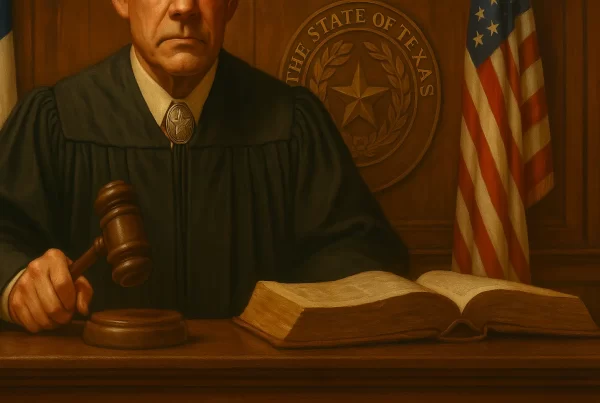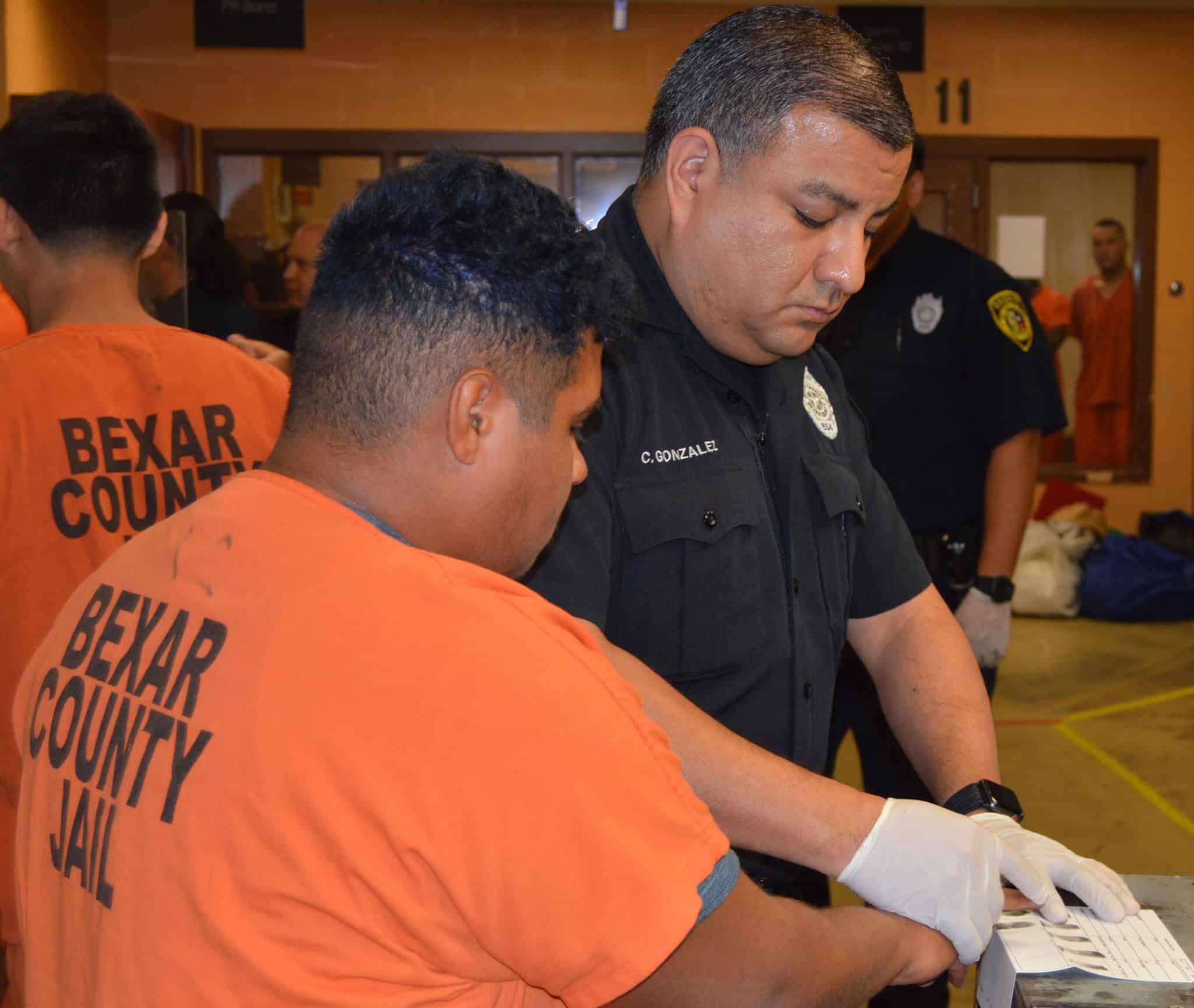Plea bargaining plays a central role in the Texas criminal justice system, with the vast majority of criminal cases resolved without a full trial. While often framed as a pragmatic tool to manage court dockets, plea agreements also raise concerns about fairness, coercion, and transparency.
The Legal Framework
Texas law recognizes plea bargaining as a legitimate and enforceable process, with several procedural safeguards in place. The Code of Criminal Procedure permits plea agreements in felony and misdemeanor cases, subject to court approval. The law requires that defendants entering a guilty plea be informed of their rights and that the plea be made knowingly and voluntarily.1
When a plea agreement is reached, it is typically submitted to the judge for consideration. The court may either accept or reject the agreement. If accepted, the plea becomes binding; if rejected, the defendant is allowed to withdraw the plea. Some counties use plea forms or colloquy procedures to ensure compliance with constitutional and statutory requirements.
Notably, Texas does not follow a unified statewide policy for plea negotiations. Practices vary by county and by office, with some district attorneys setting internal guidelines for what charges may be reduced, when diversion is permitted, or whether probation is available.
Common Types of Plea Agreements
Texas criminal courts generally recognize three common forms of plea bargains:
- Charge Bargaining – The defendant pleads guilty to a lesser offense than the one originally charged.
- Sentence Bargaining – The defendant pleads guilty in exchange for a recommended or agreed-upon sentence.
- Fact Bargaining – Less common, this involves agreement on certain facts to limit sentencing exposure or enhance predictability.
Each type serves different strategic and procedural goals for prosecutors and defense attorneys. However, all must ultimately conform to rules of voluntariness, factual basis, and judicial review.
Historical Development and Context
Plea bargaining in Texas was once viewed with skepticism by the courts. In the early 20th century, many Texas judges resisted formal recognition of negotiated pleas, wary that it would undermine the integrity of jury trials and public accountability. However, by the 1970s, the practice had become entrenched, driven by rising caseloads and evolving norms of prosecutorial efficiency.
A pivotal moment came in 1975, when the Texas Court of Criminal Appeals formally acknowledged the legitimacy of plea deals in Ex parte Shuflin, signaling a shift toward institutional acceptance. The subsequent codification of plea procedures in the Code of Criminal Procedure further formalized the process and placed it within a clearer legal structure.
Modern reforms have focused on increasing transparency and ensuring that defendants understand the implications of their pleas. Legislative changes and appellate rulings have required that courts ensure the voluntariness of pleas, address immigration consequences, and document waiver of rights. Yet critics argue that economic pressures and limited access to trial resources still result in many defendants pleading guilty—even when innocent.
Procedural Safeguards
Before accepting a plea agreement, Texas courts are required to ensure that:
- The defendant is mentally competent.
- The plea is made voluntarily and with full understanding of the consequences.
- There is a factual basis for the plea.
- The defendant is advised of their constitutional rights, including the right to a jury trial and the right to confront witnesses.
Judges typically conduct an oral colloquy with the defendant, particularly in felony cases, to confirm that these standards are met.
Although not mandated by state statute, written plea agreements are commonly used in Texas criminal courts. Many counties require that the terms of the plea be documented in writing and filed with the court as a matter of practice or local rule.
Controversies and Criticisms
Plea bargaining is not without controversy in Texas. Critics argue that:
- Prosecutors may use the threat of harsh sentences to pressure defendants into guilty pleas.
- Poor defendants with limited access to competent legal counsel may not fully understand their options.
- The process lacks transparency and meaningful appellate oversight in many cases.
- Innocent defendants may plead guilty to avoid the risk of a long sentence at trial.
At the same time, defenders of the system argue that it helps avoid the expense of trials, provides certainty, and can reduce trauma for victims and witnesses. Reformers have proposed expanding pretrial diversion options, improving defense counsel resources, and standardizing plea documentation across jurisdictions.
Trends and Data
Studies suggest that over 95% of felony convictions in Texas arise from guilty pleas, not trials.2
The high rate of plea resolutions reflects both docket pressures and a strategic calculus on all sides. In recent years, some counties have adopted early plea programs or vertical prosecution models to streamline negotiations and improve consistency.
Judicial attitudes also shape outcomes. Some trial judges take an active role in reviewing plea terms, while others defer almost entirely to the parties. There is no uniform rule in Texas governing the judge’s role, though they retain final authority to accept or reject a plea.
Plea bargaining is a defining feature of the criminal justice system in Texas, shaping the outcome of nearly every felony case. It offers practical advantages in managing caseloads and securing convictions—but it also raises persistent concerns about fairness, prosecutorial discretion, judicial discretion, and transparency.
As long as caseloads remain high, prosecutors are likely to continue favoring plea bargains over trials. For defendants, plea deals offer the possibility of reduced charges and shorter sentences. While the right to a jury trial remains intact, it is waived in the overwhelming majority of cases.
Sources
- Tex. Code Crim. Proc. art. 26.13 ↩︎
- Texas Office of Court Administration, Annual Statistical Report for the Texas Judiciary: Fiscal Year 2023, available at: https://www.txcourts.gov/statistics/annual-statistical-reports/ ↩︎


